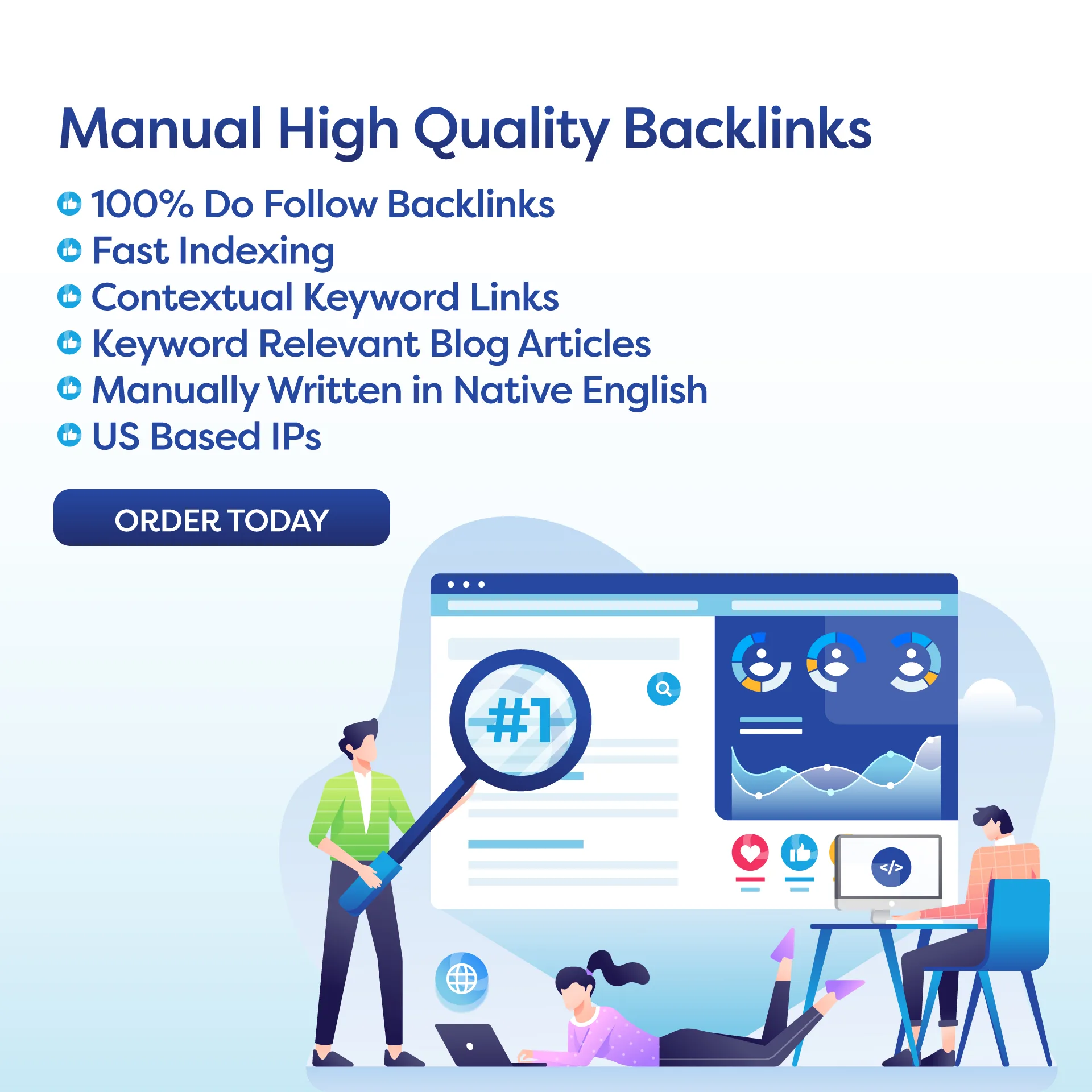SEO-driven content marketing has become a crucial strategy for businesses looking to increase their online visibility and drive traffic to their websites. In a highly competitive digital landscape, having a strong SEO strategy is essential for success. By creating high-quality, relevant content that is optimized for search engines, businesses can improve their search engine rankings and attract more organic traffic.
Key Takeaways:
1. Understand the importance of SEO-driven content marketing
2. Create high-quality, relevant content
3. Optimize your content for search engines
4. Use keywords strategically
5. Measure and analyze your results
Key Takeaway 1: Understand the importance of **SEO-driven content marketing**
Subheadings:
– Why is SEO-driven content marketing important?
– How can SEO-driven content marketing benefit your business?
**SEO-driven content marketing** is important because it helps businesses improve their online visibility and attract more organic traffic. By creating high-quality, relevant content that is optimized for search engines, businesses can increase their search engine rankings and drive more traffic to their websites. This can ultimately lead to more leads, conversions, and revenue for the business. Additionally, **SEO-driven content marketing** can help businesses establish themselves as authorities in their industry and build credibility with their target audience.
Key Takeaway 2: Create high-quality, relevant content
Subheadings:
– What is high-quality content?
– How can you create relevant content for your target audience?
Creating high-quality, relevant content is essential for **SEO-driven content marketing** success. High-quality content is content that is well-written, informative, and engaging. It should provide value to the reader and address their needs and interests. To create relevant content for your target audience, it’s important to understand their needs, preferences, and pain points. Conducting research, surveys, and interviews can help you gain insights into what your audience is looking for and create content that resonates with them.
Key Takeaway 3: Optimize your content for search engines
Subheadings:
– What is SEO optimization?
– How can you optimize your content for search engines?
SEO optimization involves making your content more visible and accessible to search engines. This includes using relevant keywords, optimizing meta tags, headers, and URLs, and creating high-quality backlinks. By optimizing your content for search engines, you can improve your search engine rankings and attract more organic traffic to your website. It’s important to follow **SEO best practices** and stay up to date with the latest algorithms and trends to ensure that your content is optimized effectively.
Key Takeaway 4: Use keywords strategically
Subheadings:
– What are keywords?
– How can you use keywords strategically in your content?
Keywords are words or phrases that people use to search for information online. By using keywords strategically in your content, you can improve your search engine rankings and attract more organic traffic. It’s important to conduct keyword research to identify relevant keywords that your target audience is using and incorporate them naturally into your content. Avoid keyword stuffing, as this can negatively impact your **SEO rankings**.
Key Takeaway 5: Measure and analyze your results
Subheadings:
– What metrics should you track?
– How can you use analytics to improve your **SEO-driven content marketing** strategy?
Tracking and analyzing your results is essential for determining the effectiveness of your **SEO-driven content marketing** strategy. You should track metrics such as organic traffic, keyword rankings, bounce rate, and conversion rates to gauge the performance of your content. By using analytics tools such as Google Analytics, you can gain insights into how your content is performing and make data-driven decisions to optimize your strategy. Continuously measuring and analyzing your results will help you identify areas for improvement and refine your **SEO strategy** accordingly.
Action Plan:
1. Conduct keyword research to identify relevant keywords for your target audience.
2. Create high-quality, relevant content that is optimized for search engines.
3. Use keywords strategically in your content.
4. Track and analyze your results using analytics tools to refine your strategy.
In conclusion, **SEO-driven content marketing** is a powerful strategy for businesses looking to improve their online visibility and drive more organic traffic to their websites. By creating high-quality, relevant content that is optimized for search engines, businesses can attract more leads, conversions, and revenue. It’s important to understand the key principles of **SEO-driven content marketing** and implement best practices to achieve success in today’s digital landscape.
FAQ:
– What is the difference between SEO and content marketing?
– How long does it take to see results from **SEO-driven content marketing**?
– How often should I update my content for **SEO** purposes?

